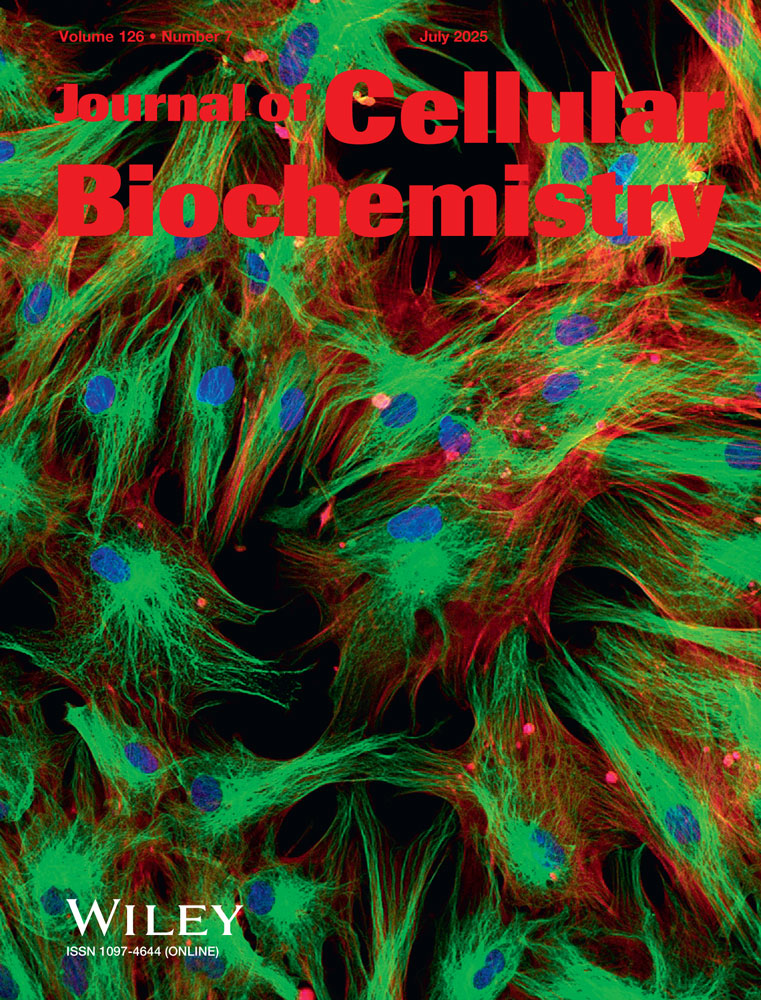Ganglioside patterns of metastatic and non-metastatic transplantable hepatocellular carcinomas of the rat
Abstract
In previous investigations, we correlated levels of sialic acid, gangliosides, and ganglioside glycosyltransferases with tumorigenesis over a 24-week continuum of growth of hepatocellular neoplasms of the rat induced by the carcinogen N-2-fluorenylacetamide. However, metastatic tumors developed only rarely and were not analyzed. To investigate surface changes associated with metastasis, well-differentiated and poorly differentiated hepatocellular carcinomas were transplanted to syngeneic recipient rats. From those, several metastatic and nonmetastatic isolates were obtained and compared. Both total and ganglioside sialic acid amounts in transplantable hepatomas were elevated above control liver values but were significantly lower for metastatic lines than for nonmetastatic lines. The nonmetastatic lines were characterized by ganglioside patterns depleted in the precursor ganglioside GM3 (sialic acid-galactose-glucose-ceramide) and elevated in the products of the monosialoganglioside pathway. In contrast, metastatic isolates exhibited a restoration of GM3 and nearer normal amounts of other gangliosides. The findings point to differences in sialic acid-containing glycolipids, comparing metastatic and nonmetastatic hepatocellular carcinomas, and further extend the concept that ganglioside alterations do not cause tumorigenesis but are the end result of a cascade of events which apparently continue beyond the onset of metastasis.




